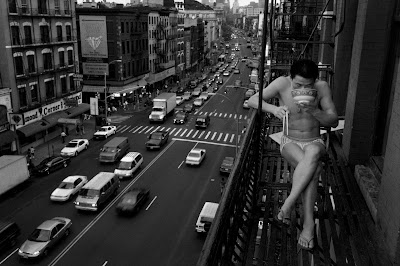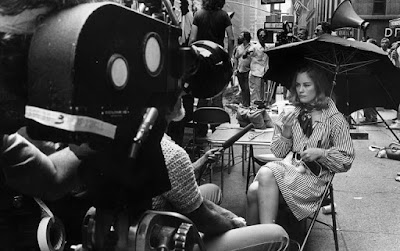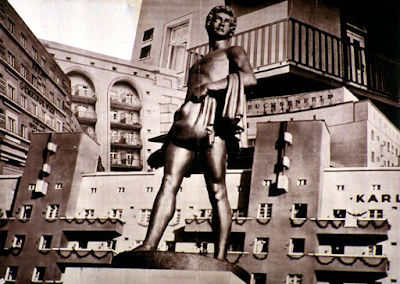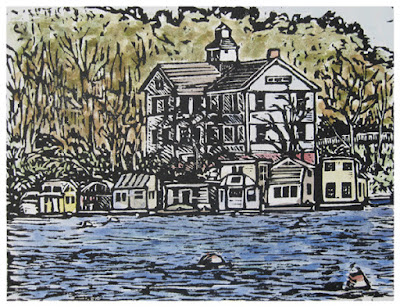
A hand-carved door on David Lee Hoffman's property.
"David Lee Hoffman will not show me his tea cave. The Lagunitas cave where Hoffman, owner of the Phoenix Collection, is aging tens of thousands of pounds of tea is well-known in the industry. 'All in This Tea,' Les Blank’s 2007 documentary about Hoffman, pictures him loading boxes into it. Marin County, which has been suing Hoffman for more than a decade to bring his 2-acre estate to code, has listed the cave in its extensive complaints. Yet Hoffman still treats it as a secret. 'It’s not open to the public,' he tells me. That may be because most of the teas stored at the Last Resort, his home and 'ecological research center' in the Lagunitas hills, are puers, a genre of Chinese tea equivalent to cult Cabs or single-malt scotches. Hoffman is one of the most storied tea vendors in the United States, and his puers may be worth millions of dollars, albeit to a minuscule cadre of collectors. ..."
Steeped in controversy: Tea guru in the fight of a lifetime
Inside Druid Heights, a Marin County counter-culture landmark
Act Now: Save The Last Resort - A Working Model of Sustainability in Marin County, CA (Video)
W - All in This Tea
True Films (Video)
YouTube: All In This Tea (Bullfrog Films clip)
2013 April: Les Blank
















































